4C’s: Carat
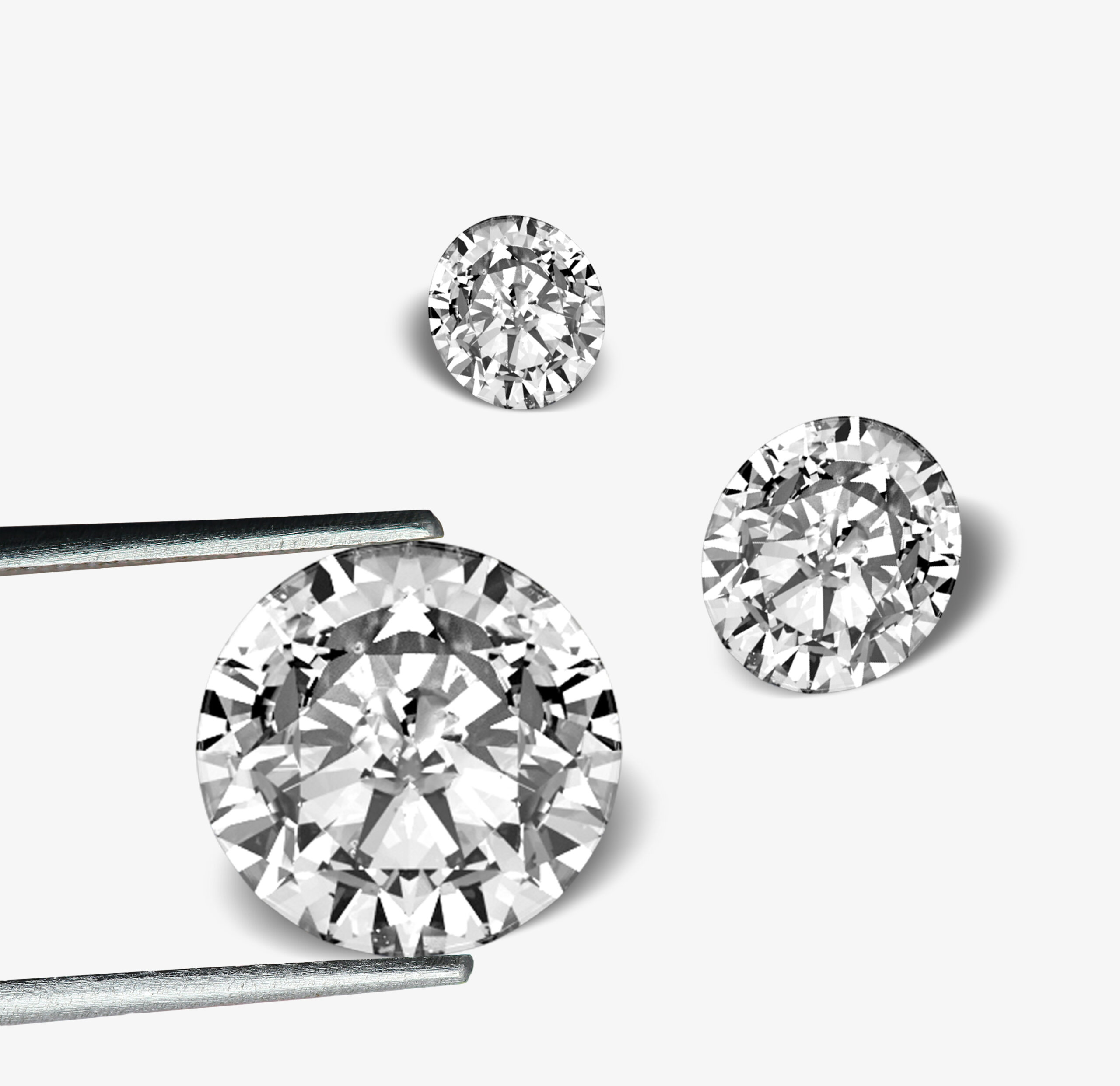
Carat weight is one of the most recognized aspects of the 4Cs of diamonds, serving as a direct measure of a diamond’s size and a key determinant of its value. At Diamond by Empire, we emphasize the importance of understanding carat weight beyond just the numbers, ensuring that every diamond selection is meaningful and well-informed.
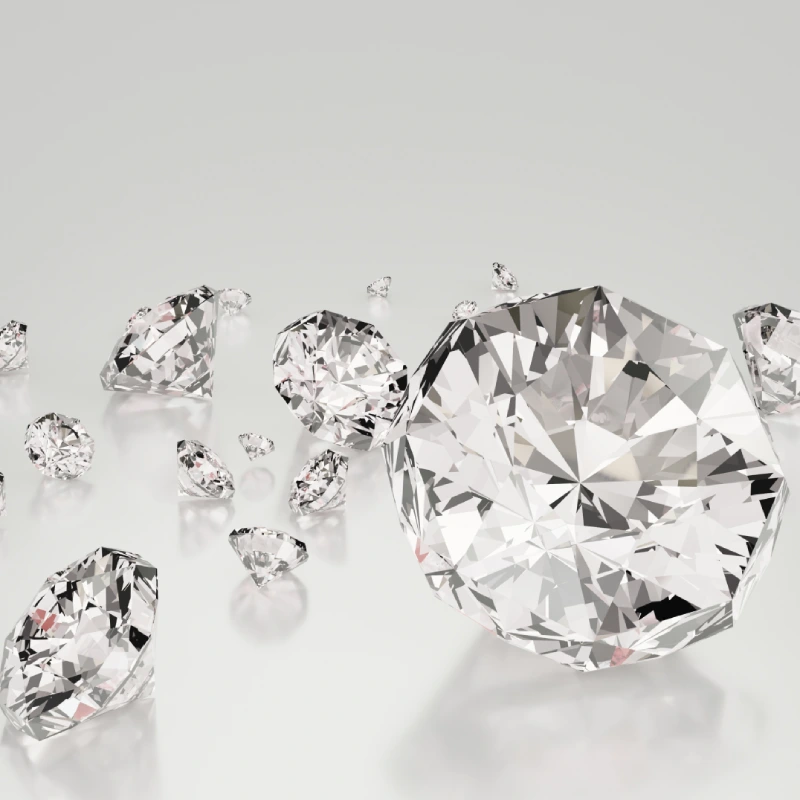
What is diamond carat?
Carat refers to the weight of a diamond, not its size. One carat is equivalent to 200 milligrams or 0.2 grams. The term “carat” originated from the carob seeds historically used as counterweights on balance scales. Modern scales now provide precise measurements, allowing for the differentiation of carat weight to the hundredth decimal.
Carat weight is often abbreviated as “ct” and can also be expressed in points for diamonds under one carat. For example, a diamond weighing 0.50 carats may be referred to as a “50-point” diamond.

The Relationship Between Carat and Size
While carat weight influences a diamond’s size, it does not always correlate directly. Two diamonds with identical carat weights may appear different in size due to their cut and proportions. A well-cut diamond optimizes light performance, giving the impression of a larger stone, while a poorly cut diamond may look smaller despite its weight.
Here are approximate dimensions for round brilliant diamonds at various carat weights:
0.25 Carats: ~4.1 mm diameter
0.50 Carats: ~5.2 mm diameter
1.00 Carat: ~6.5 mm diameter
2.00 Carats: ~8.2 mm diameter
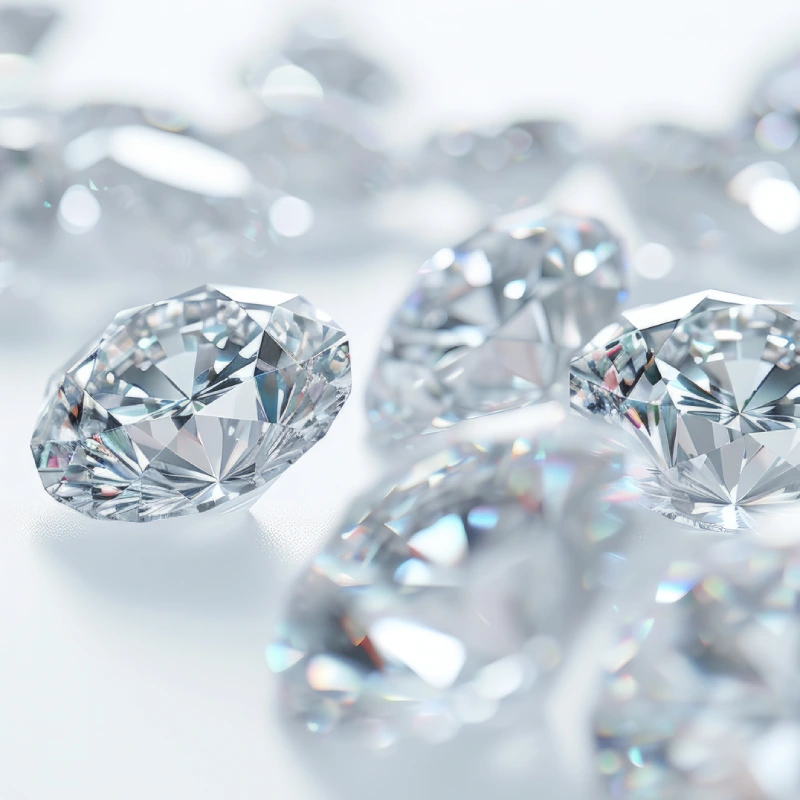

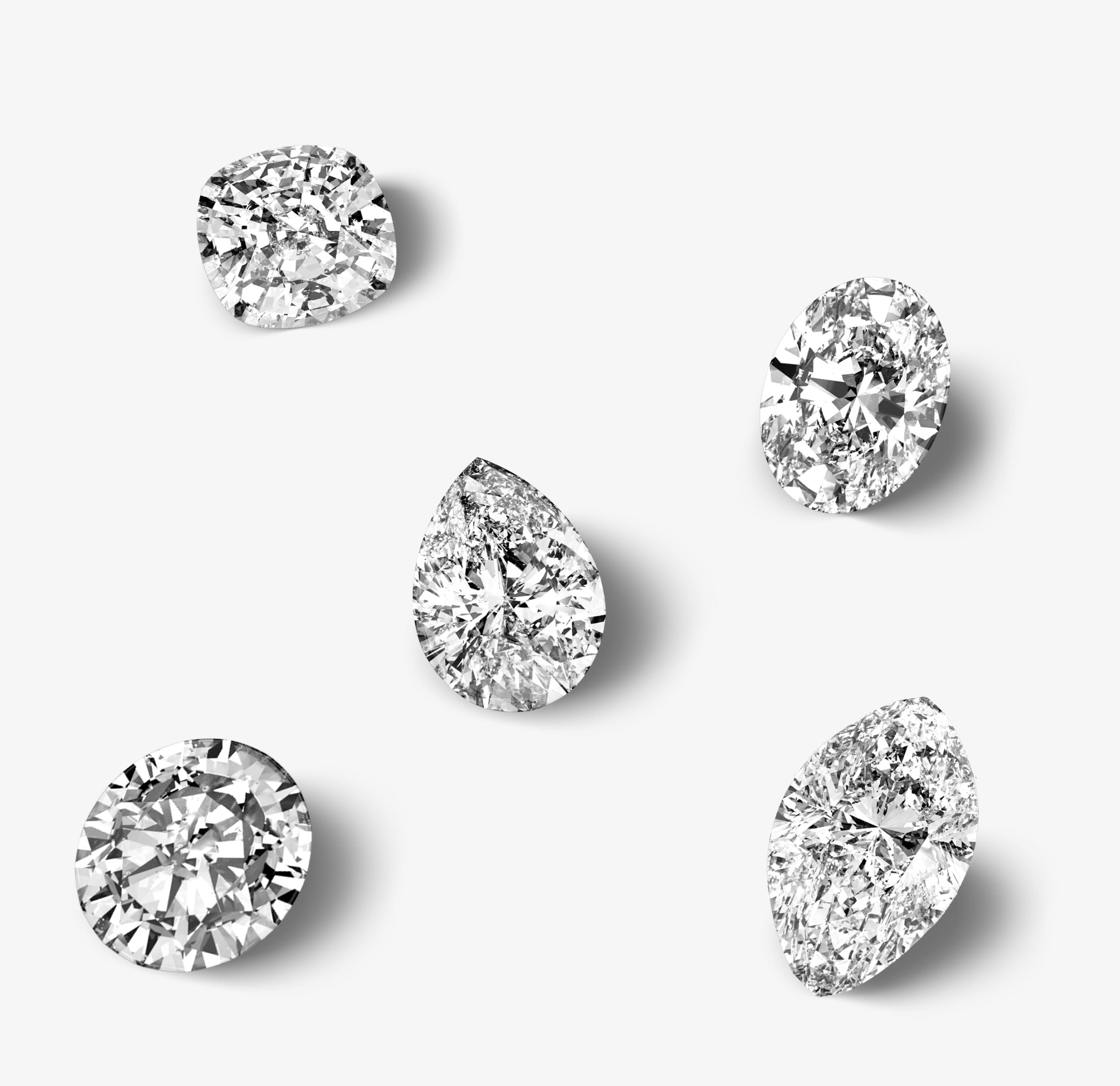
How Carat Weight Affects Value
Carat weight significantly impacts a diamond’s price due to its rarity. Larger diamonds are less common and therefore command higher prices per carat. This exponential increase is particularly noticeable at milestone weights such as 1.00 carat, 1.50 carats, or 2.00 carats. For example, a 1-carat diamond is often more than twice the price of a 0.50-carat diamond of similar quality.
When choosing a diamond for everyday wear, practicality is key. Larger diamonds may be more prone to damage in high-activity environments. Selecting a carat weight that suits your lifestyle ensures longevity and comfort.
Choosing the Right Carat Weight
Selecting the ideal carat weight depends on personal preferences, budget, and intended use. Here are some factors to consider:
Budget: Larger diamonds come with higher price tags. Determine your budget and balance carat weight with the other 4Cs (cut, color, and clarity).
Jewelry Setting: Certain settings, like halos or clusters, can enhance the appearance of smaller diamonds, making them seem larger.
Finger Size: For engagement rings, the wearer’s finger size can influence how large the diamond appears.
Occasion and Symbolism: Milestone carat weights, such as 1.00 or 2.00 carats, often carry symbolic significance.
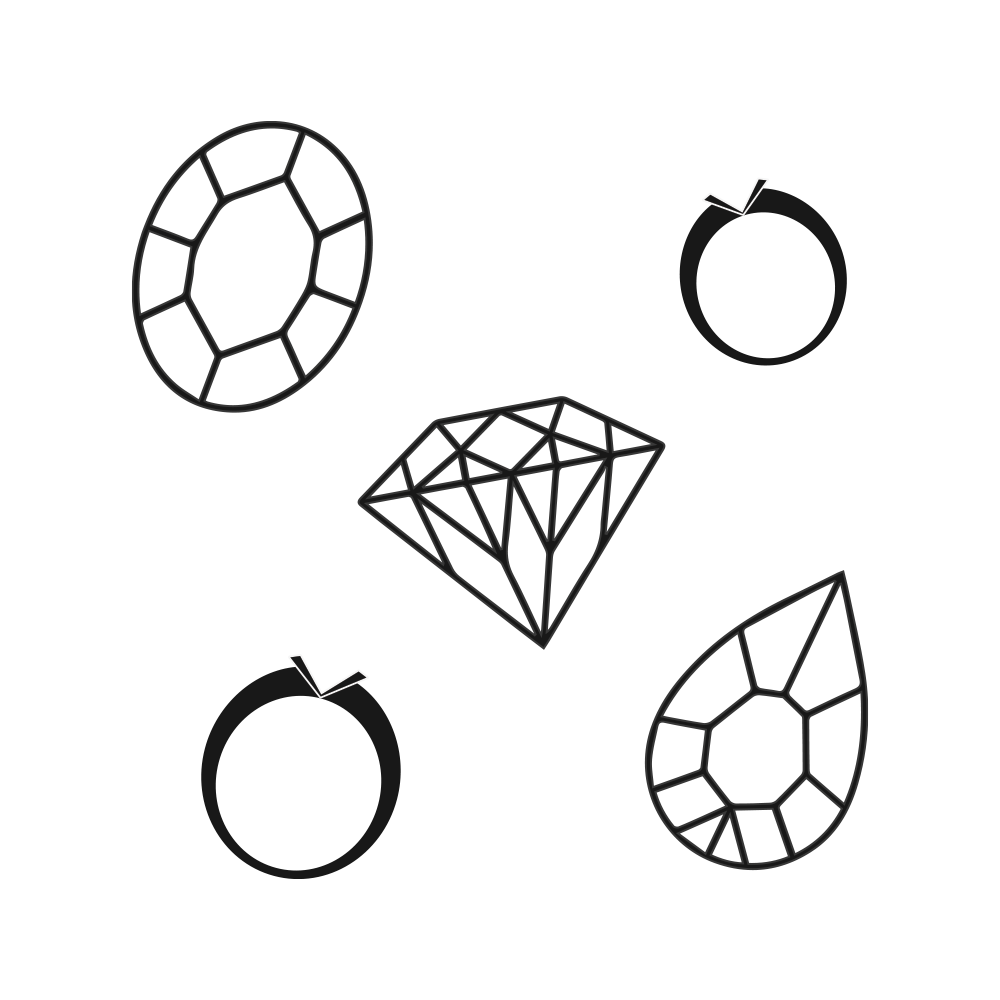
FAQ about Diamond Carat Weight
Is a higher carat weight always better?
Not necessarily. While carat weight contributes to a diamond’s presence, other factors such as cut, color, and clarity play vital roles in its overall beauty.
Why do some diamonds of the same carat weight look different in size?
The cut and proportions of a diamond affect its perceived size. A deeper diamond may appear smaller from the top view compared to a shallower diamond of the same weight.
What is the most popular carat weight for engagement rings?
The most common carat weight for engagement rings ranges from 0.50 to 1.50 carats, depending on personal preferences and budget.
Can carat weight be adjusted after purchase?
Reducing a diamond’s carat weight is possible through re-cutting, but it is not typically recommended as it may significantly alter the stone’s appearance and value.
How can I maximize carat weight within my budget?
Consider diamonds slightly below milestone weights (e.g., 0.90 carats instead of 1.00 carat). These stones often appear similar in size but cost significantly less.
